By María Perrier
After being named one of the best destinations to visit in several publications, Colombia has received a record of tourists in recent years. What the vast majority do not know is that the country is so rich in biodiversity and big that it is almost impossible to see it all in just a couple of weeks.
For this reason, MAria Perrier created this ideal 10-day plan for you to enjoy Colombia to the fullest and we publish it on inThessaloniki!
Stop 1: Bogota (2 nights)
Although travelers often ignore the capital city, a stop in Bogotá is mandatory to understand Colombia. Here you can have a quick cultural and historical immersion while enjoying one of the best parties and nightlife on the continent. We recommend a two-night stay, preferably during the weekend, which is when the traffic is milder, the city comes alive, and the pubs and restaurants fill up.
Where to stay in Bogota?
Bear in mind that Bogota is huge. If you prefer a 100% cultural plan, you can stay at La Candelaria neighborhood, where you will find the best museums and cultural shows a few blocks away. If you lean towards a cultural combination of nightlife and shopping, the best neighborhoods are Chapinero, Zona Rosa or Usaquén.
What to do in Bogotá?
A walk through the museums of La Candelaria is a must. From the Gold Museum to the Santa Clara Museum and the National Museum, Bogota surprises with the magnificence of its world-class museum collections and displays.
The capital city is one of the most important gastronomic spots in South America, and lunch and dinner are ideal moments to explore local delicacies and fruits and vegetables with unique and delicious flavor. There are many Colombian chefs ranked as the best in the world, and this is evident in the offer of restaurants and dishes that offer a huge variety of amazing options
You cannot leave Bogotá without partying. Spend a night bar-hopping around the pubs of Zona Rosa. The next night you can venture to the mythical and iconic Andrés Carne de Res in Chía (approximately 40 minutes from downtown) to experience an authentic “rumba”. It is preferable to make a reservation and remember that after 7 pm on Fridays and Saturdays you have to pay for cover. The average per person is COP$100,000 with food and drinks.
From Bogota, you can also try some day trips that will completely enrich your trip to Colombia. The most popular is a visit to the town of Villa de Leyva (3 hours from the center), the town of Zipaquirá and the Salt Cathedral (1.30 hours from the center) or the La Chorrera waterfall (1 hour from the center.)
Stop 2: The Coffee Axis (3 days)
This region is possibly one of the most surprising to travelers when they arrive in Colombia. Although it is popular knowledge that Colombia is home to the production of some of the most delicious coffees in the world, little is known about this huge region, its customs, and natural wonders.
To get there, travel from Bogota to Pereira, Armenia or Manizales (the capitals of the three departments that make up the region). There, plan at least three nights and consider renting a car to move with ease and without worry, especially if you travel in a group because it will be cheaper. If you prefer not to move on your own, the region is very well connected by bus and tours to the main attractions always include transfers.
Where to stay in the Coffee Axis?
Since the region is very large, you have many good options to stay. Usually, locals and tourists who go for a short time choose to travel to Armenia and stay in Salento. It is a typical town in the region, with colorful houses and very well located to check out the rest of the activities of this beautiful destination.
If you prefer something less touristy, you can choose to stay in country hotels that surround the entire area. This is an excellent option to take a closer look at the fields and have a more authentic experience with locals.
Some hotels to consider: Hotel La Tata Premium, Hotel La Tata, Country Hotel, Solar de la Luna, Finca Hotel La Manuela, Hotel Boutique el Triángulo.
What to do in the Coffee Axis?
You cannot leave the Colombian coffee axis without spending a day in the Cocora Valley. The area was declared a national park by the Government of Colombia in 1985 and since then it has been the undisputed home of the wax palm, the country’s national tree. From Salento, you can go in small buses that charge COP $ 3,400 the section and the entrance costs COP $ 3,000. To appreciate both the valley and the view from the mountains, it is important to arrive early, since the last return from the Valley to Salento is approximately at 5 PM (however, there are alternative transfers that can be taken without depending on this service).
You cannot leave this region without visiting a coffee farm to learn about the coffee process and the Colombian culture around it. There is not a trip to Colombia without a delicious cup of coffee. A good option is the Coffee growing tour that costs COP $ 30,000 with tasting included. I also recommend the tour of the Finca Momota in Salento or The Coffee Experience in Pijao. The National Coffee Park is one of the preferred experiences of the locals and is ideal if you travel to Colombia with children.
Another spectacular experience to live in this area is the sighting of birds and other species of flora and fauna in the fabulous Quindío Botanical Garden. The guided tours of the 15 hectares of the property are worth having a close-up view of the enormous natural wealth of Colombia. Admission is COP $ 32,000 for adults and COP $ 16,000 for children.
Stop 3: The Colombian Caribbean (5 days)
To rest, there is no better option than to take a flight from one of the main cities of the Coffee Axis to the Colombian Caribbean. The two most visited destinations are Santa Marta (or La Perla del Caribe) and Cartagena. We recommend you go first to Santa Marta for 3 days and then to Cartagena the other 2 days to finish your 10-day trip.
Santa Marta
You may have to make a stopover, but you will be able to reach your destination in approximately 3 hours 40 minutes without a problem. Santa Marta has undergone a huge campaign to revitalize its historic center, which now comes to life again in the evenings and nights.
What to do in Santa Marta?
From this city, there are many spectacular walks to do. Most people focus on plans in Tayrona Natural Park, one of the most beautiful you can visit on your trip to Colombia. It is a 150 km2 National Natural Park on the Caribbean coast that attracts as much for its flora and fauna as for its fabulous beaches. The three most visited (and the most beautiful) are Playa Cristal, Cabo San Juan de Guía and La Piscina and admission costs COP $ 61,500 for foreigners and COP $ 27,500 for Colombians.
But Santa Marta is not only the Tayrona Park. There are many plans around to do, such as a visit to the town of Minca and the Marinka waterfall. It is also a coffee area where you can take tours and delight in the panoramic views of Casa Elemento, a hostel famous for its giant hammocks overlooking the mountains.
If you plan to stay more than 10 days, an excellent option for the most adventurous in their visit to Colombia is to trek to the Lost City. This archaeological wonder is hidden in the Sierra de Santa Marta and is believed to have been founded around 650 years before Machu Picchu.
Where to stay in Santa Marta?
If you want to see only Tayrona Park, possibly the best option is to go directly to the park and stay in one of the options inside, such as the Tayrona Ecohabs. On average one night in any of the options within the park is COP $ 90,000. If, on the contrary, you prefer to have more busy nights and only do one day in the Park and another one on other beaches, the best option is to stay in Santa Marta. Depending on your budget, you can stay in beautiful colonial hostels or more modern hotels with excellent views, such as the Hotel Catedral Plaza.
Cartagena
There are no words left to describe the beauty of Cartagena. The city is arguably one of the best-restored colonial cities on the continent, and its islands and beaches attract people year-round to enjoy the turquoise Caribbean sea.
What to do in Cartagena?
For your last two nights, try to relax. Walk around the city, visit its monuments and museums such as the Convento San Pedro Claver Museum (COP $ 12,000) and enjoy the best Caribbean food watching the sunset over the wall. The bulwarks are a popular place to eat and spend the afternoon with live music and lots of movement.
Early in the morning or in the afternoon (to avoid the heatwave) you can visit the Fortress of San Felipe to learn about the history of the city and its importance during the Spanish colony. You can also walk the streets of Getsemaní, the best neighborhood for backpackers. There you cannot miss a visit to the Narrow Alley of Getsemaní, perhaps the most colorful street in all of Cartagena covered with umbrellas.
For the last day of total relaxation, you can plan a day trip to the Rosario Islands. Almost all tourism agencies offer packages ranging from COP $ 120,000 to COP $ 170,000 that include transportation and food. Isla del Sol, Majagua and Gente de Mar are some of the most requested. For more exclusive and personalized trips you can always opt for the catamaran ride (COP $ 260,000) that will make two stops around the islands and also includes food and drinks (without alcohol).
Where to stay in Cartagena?
The two best places to stay are Gethsemaní, Downtown, and San Diego (the latter two make up the area inside the walls). The first is more bohemian and calm, the second is more hectic, touristy and expensive. Anyway, something fundamental is trying to stay in one of the hotels that were built from old colonial houses. Colombians here retain the original color, structure, and vegetation in a charming way that greatly enriches the trip to Colombia. Some of the recommended hotels are, in Getsemaní, the Hotel Capellán or the Hotel Casa Lola. In Downtown and San Diego, Hotel Casa La Fe, Casa Logos or Hotel San Agustín.
Is it safe to travel to Colombia?
Traveling to Colombia is very safe, even if you travel alone. City centers (and especially tourist sites) are always very well guarded by the police both during the day and at night. Like any destination in the world, you have to be a responsible traveler and move within the natural limits that mark the routes of travelers like you so as not to take surprises. Try to take care of your personal assets in restaurants and popular places, opportunists do not take vacations.
Budget to travel to Colombia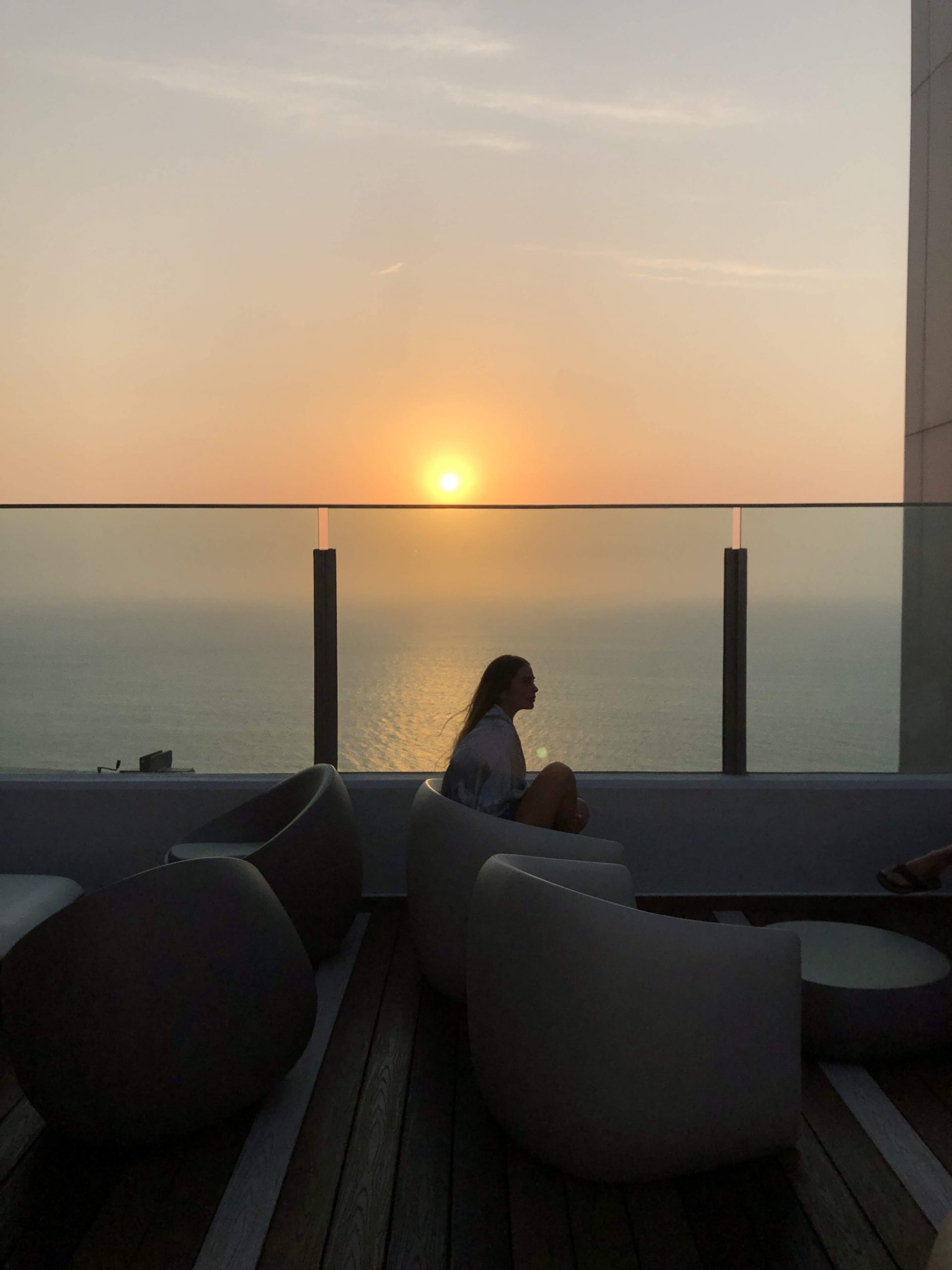
As the destination became more popular, the options increased significantly. Destinations that were 100% for backpacking and low-budget travel already have their most exclusive and luxurious alternative. In general, you can travel within the range of the three budgets:
Backpacking: from COP $ 60,000 to COP $ 100,000 per day
Chill: from COP $ 120,000 to COP $ 200,000 per day
Exclusive: from COP $ 200,000 and up.
Tips for traveling to Colombia
As we mentioned before, in Colombia there is so much to see that the previous planning is essential to not have a very loaded itinerary where you do not enjoy the different sites. It is a very large country where transfers can be long and tiring. Try not to be so ambitious even if you want to see everything because you will find yourself running from one airport to another.
Colombia is located in the tropics, but both in Bogotá and in other cities that are more than 1,500 meters high you can get cold. Your suitcase must have everything from your bathing suit to your rain jacket so you don’t have to run to buy what you need to cover each ecosystem.
Search each destination to find the wildest local experiences possible. Colombian culture is pure music, flavor, party, and joy. It is the land of magical realism. If you return to your house without having felt Colombia running through your veins, you will regret it.

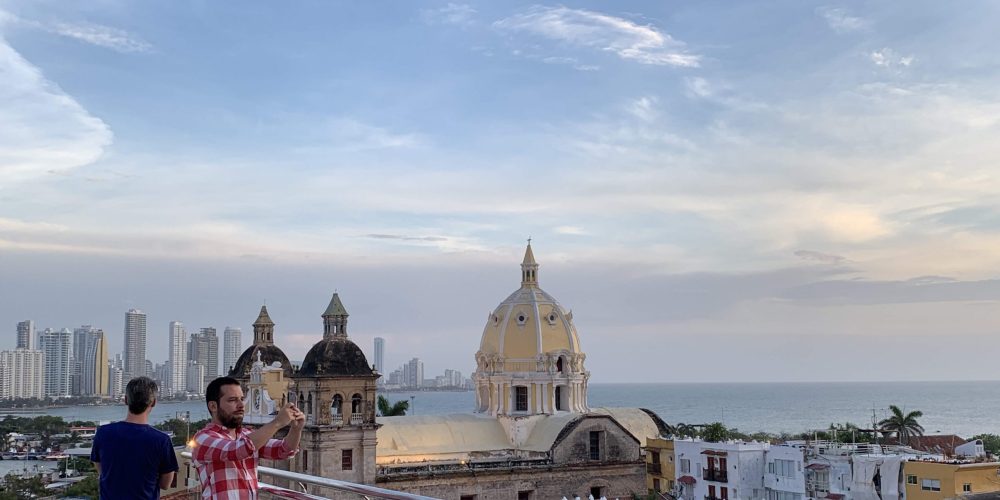



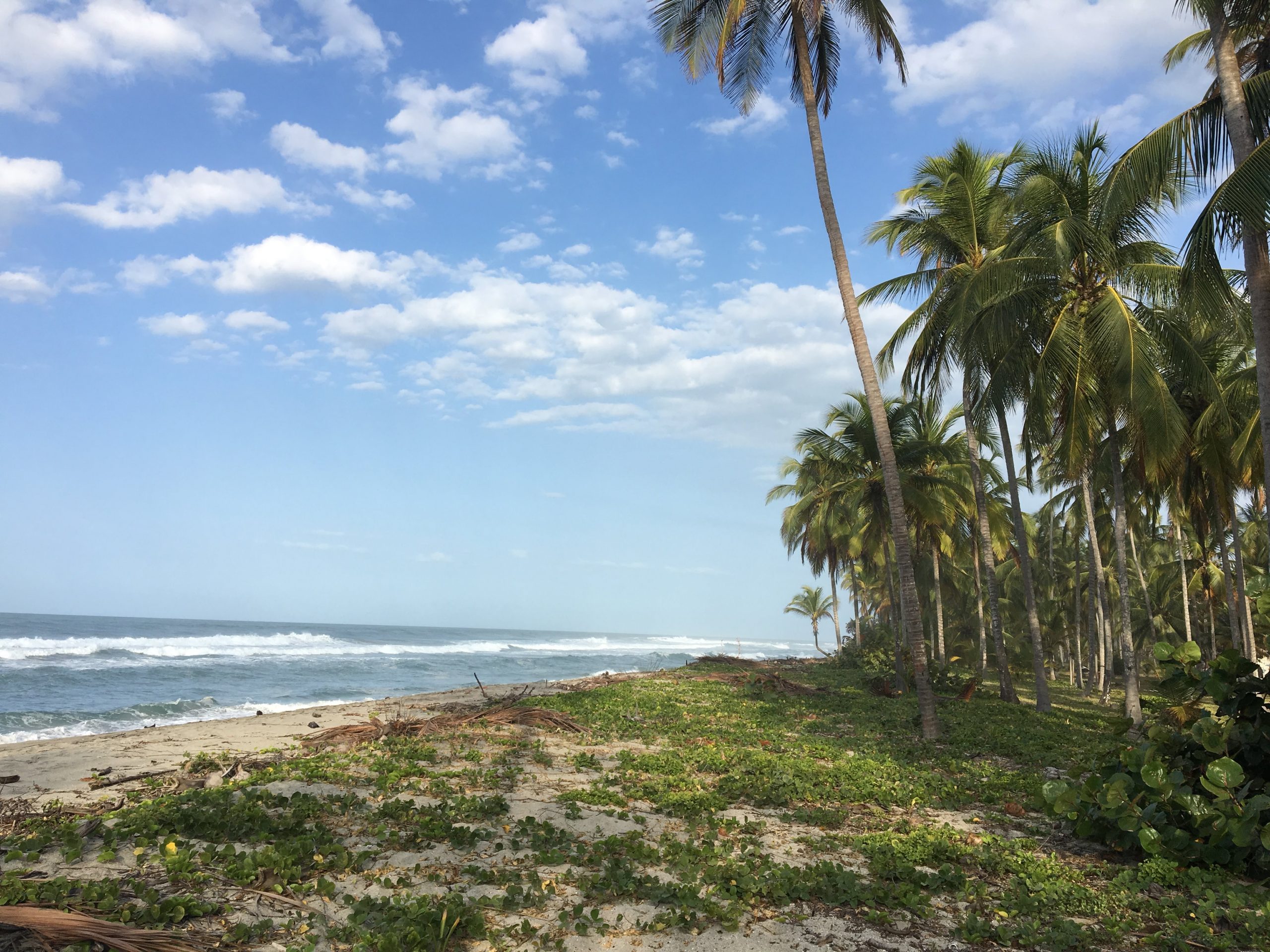
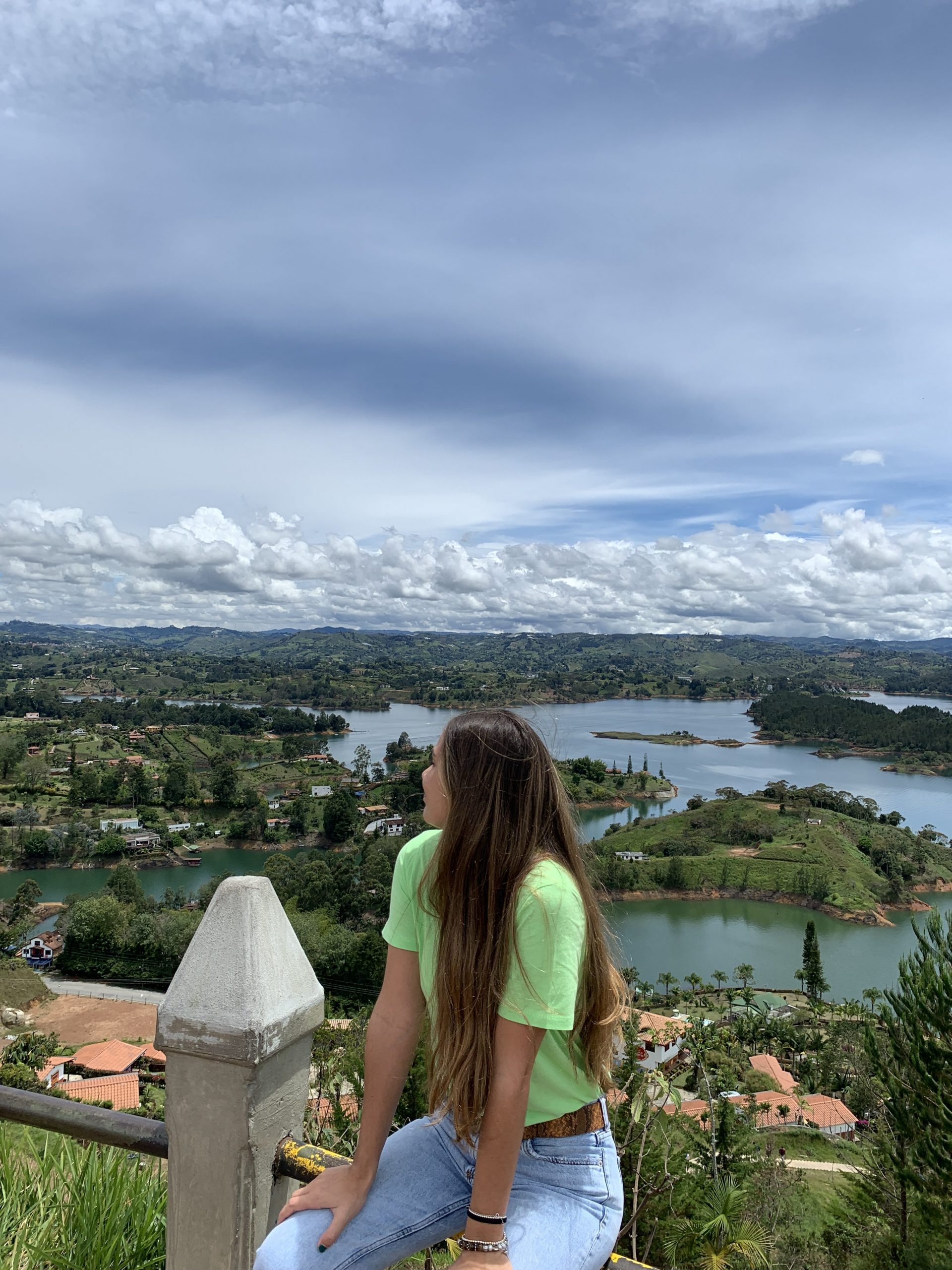
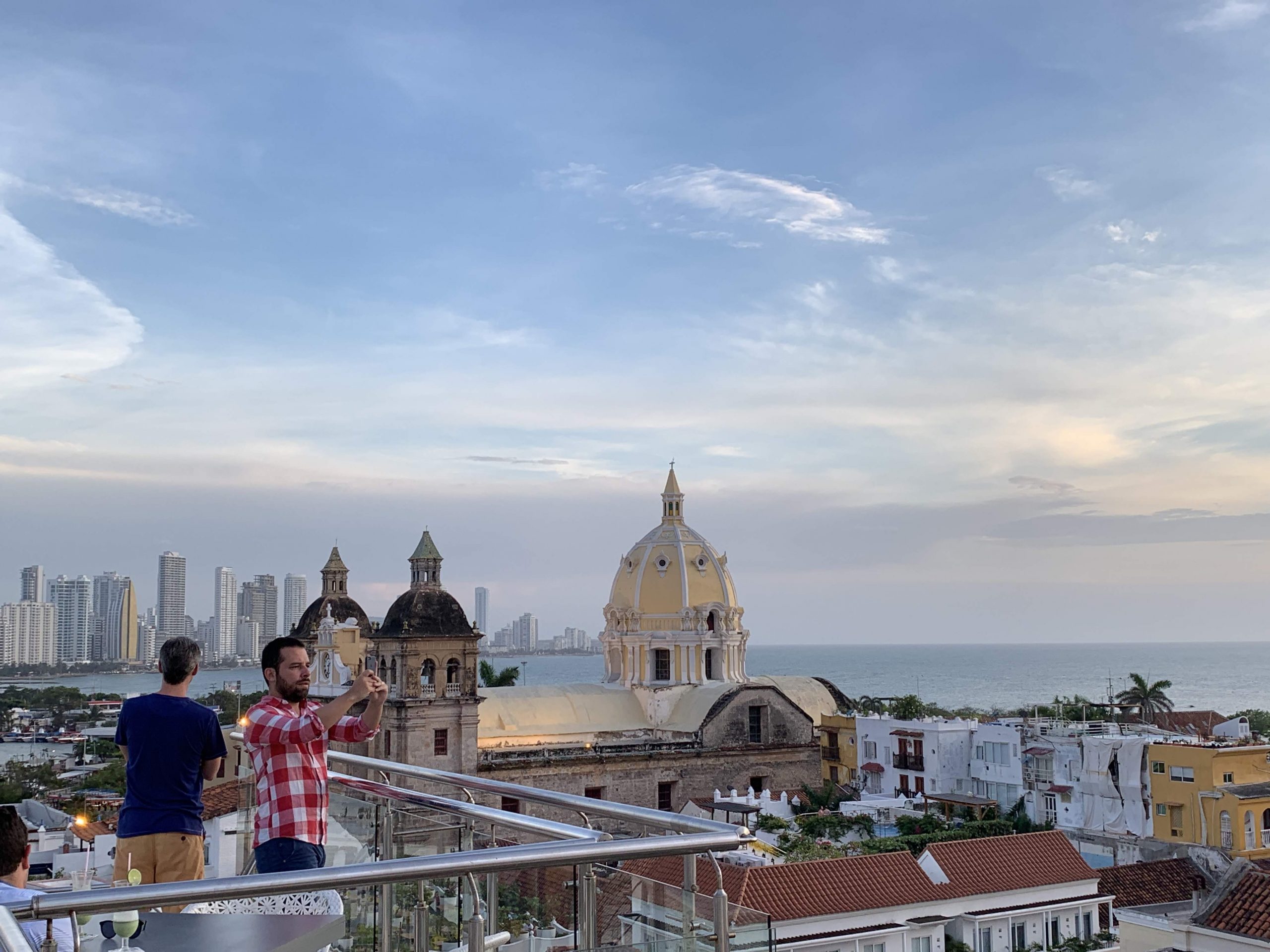

Leave a Reply